At the end of the previous piece we were enjoying a good breakfast in Gulbarga. This last instalment of the series covers the onward journey to Bidar and finally to Hyderabad, the capital of the neighbouring state of Telangana, from where we flew back home.
Bidar is probably not a name that immediately springs to mind when the talk is of historical sights in India. I must admit that, prior to planning our itinerary, we had not heard of it at all. Yet, it proved to be much more than a convenient stopping-point on a long drive. There is quite a lot to see here.
The reason why this little town has so many interesting ancient monuments is that it was once the centre of a sizeable realm. In 1424 the Bahamani sultans moved their court from Gulbarga to Bidar and it remained the capital for over 100 years. As the Bahamani Sultanate disintegrated, a number of smaller kingdoms emerged. The Bidar region became an independent sultanate in 1528.
The huge fort, dating back to 1428, is Bidar’s main attraction. Several sets of walls protect the central parts. The photo below depicts the second gate you pass through on your way inside.
The next two shots show the scale of the fortifications.
Whilst some sections of the fort’s interior are more or less intact, others, sadly, are in a fairly derelict state. However, even in the more dilapidated looking parts we came across echoes of past splendour. Many of the structures, of course, represent the remains of royal palaces and these would have featured lavish embellishments. The two photos below show examples of some of the better preserved decorations.
Our guide was a lecturer from the local university, who appeared to have the authority to take us into areas that were not normally open to visitors. The next photo shows him and my wife in the courtyard outside one of the palaces.
As I have pointed out before, Karnataka, on the whole, is well off the beaten tourist track and there were no more than a handful of other visitors when we walked around the fort, none of them foreigners.
We took the two photos below from the top of one of the palaces. The first shows the Solah Khamba Mosque, an impressive building both inside and out.
In front of the mosque is a large well-kept garden area, which can be glimpsed through the arch.
In fact, there are small garden areas elsewhere around the fort, too, which add to the visual appeal of the site.
There is a small cafeteria in the fort and we used the opportunity to buy a drink and sample some deep-fried chillies in batter – much nicer than it sounds – before setting off towards the town centre. It took us only about 10 minutes to reach the Mahmud Gawan Madrasa, an Islamic school dating from the late 15th century. It is named after the powerful prime minister who was the effective ruler during that period of history.
The view from the other side reveals that the ravages of time have not passed it by, but the madrasa is nevertheless worth seeing and exploring. The internal staircases are still intact and you can walk up right to the top.
The next item on the agenda was a visit to the Bahamani necropolis near Ashtur, a small village some 4km from the centre of Bidar. It reminded us of the Haft Gumbaz in Gulbarga, which we had seen only the day before, but the buildings here are on a grander scale. The photo at the top of the article shows the mausoleum of Sultan Alauddin Ahmad II, with that of his predecessor, Ahmad I, in the background. Both are quite well-preserved, considering they are well over 500 years old. The photo below shows the same buildings from the other side.
There are several other mausoleums here, but some have partially collapsed. The next shots depict two of those that are still in good condition.
Some of the artwork inside the mausoleums has also survived, albeit not without damage.
It appeared that some restoration work was going on at the site, especially in relation to the more severely crumbling structures. We had the general impression that Bidar has recently woken up to the importance of its ancient monuments and its potential as a tourist destination. In total, there are some 30 tombs of former kings and religious leaders in the area.
We did not have time to look at more of the town’s sights. The photo below was taken from the side of the road as we left. It shows the Chaukhandi, which houses the tomb of a Sufi saint.
The drive to our hotel in Hyderabad took a lot longer than expected. When we crossed the border into Telangana, we first we had to seek out the office where Rathan could pay for the all-important stamp that allowed him to drive the Karnataka-registered car in this state. Then, as we approached the outskirts of Hyderabad in the late afternoon, the traffic slowed to a snail’s pace – and, when we finally reached what we thought was our hotel, it turned out to be the wrong one. The correct one was part of the same chain and only a couple of kilometres down the road, but in the rush hour traffic of India’s fifth largest city it took us ages to get there. We were very pleased when the manager offered us a free upgrade to a suite and we relaxed there over several cups of tea before we contemplated plans for dinner.
Hyderabad is well-known for having a distinctive cuisine, its most famous dish being (Lamb) Biryani. So we decided to eat in the hotel’s restaurant and ordered the city’s signature dish. Luckily, the waiter warned us that the portions were very large and that one Biryani between us would be quite sufficient. What arrived was indeed more than enough for two people. The well-spiced lamb rice itself was similar to other versions we had tried in the past, but here it was accompanied by a separate sauce containing various types of nuts, garlic, lemon juice and spices. We thoroughly enjoyed the meal (– on the second evening we tried the Chicken Biryani, which, while not quite as good, was also very pleasant).
Our itinerary for the next day called for a half-day excursion to Golconda Fort, a short drive away. It sits on a hill overlooking Hyderabad and covers an area of some 40 sq.km. The original fort dates back to the 12th century, but most of what visitors see here today is from the 16th. The photo below shows the view just beyond the entrance.
There are many photo opportunities as you climb up to the top. Below are a couple of examples.
Near the summit of the hill is a small mosque, built by Sultan Ibrahim Qutb Shah.
The building right at the top, which you have in view during most of the ascent, is the Durbar Hall. In itself it is not very interesting, actually, but there are good views from the rooftop.
Next to the Durbar Hall is a small shop selling drinks. We bought a couple of bottles of water and had just sat down on a bench, when our guide suddenly jumped up and pointed behind us. There was a long brown snake making its way along the wall.
The guide thought it might be a (highly venomous) viper and he and everybody else kept well away from it – us included. However, studying my photos in detail, I have come to the conclusion that it was a type of racer, more specifically a Nagarjun Sagar racer. They are quite harmless.
Other creatures were even better adapted to hiding in the fort’s walls, such as this lizard.
After our tour of the fort we made our way to Hyderabad’s old town. This is the site of the city’s most famous landmark, the Charminar. It simply means ‘Four Towers’, and you can see why it is called that.
The old town was busy and the traffic chaotic, but oddly it felt less nerve-wracking than other parts of the city. Even though our hotel room was on an upper floor and well away from the roads, you could hear the blaring horns, revving engines, and squealing brakes at all hours. Here, the many pedestrians, cyclists and street vendors actually slowed things down.
One of the streets going off from the Charminar is the Laad Bazaar. Virtually every shop in the street sells bangles of different kinds and other wedding accessories, and there are quite a few of them.
There are also many fruit stalls in the Charminar area. The mobile store pictured below had a particular fine display of its wares. Somewhere behind the bunches of grapes was the owner.
For the second half of the afternoon our guide suggested a visit to the Salar Jung museum. We were somewhat reluctant to take up this recommendation, but in the end were glad to have done so. The museum really has something to offer for absolutely everyone, whatever your interests. We were stunned by the intricacy of Benzoni’s marble statue of Veiled Rebecca and the impressive workmanship and imagination displayed in the double-figure wood sculpture of Mephistopheles and Margaretta (– unfortunately, we had left our cameras in the car).
Exploring the city further, we were surprised to find a large artificial lake right in the middle of Hyderabad. The part we saw, however, had a very busy four-lane highway running right next to it. Indeed, the diabolical traffic will probably be amongst our longest lasting memories of this huge city – along with the marvellous Jeera (Cumin) Biscuits, which we bought there and took home with us.
They are sweet and salty at the same time and you find them (and variations on the theme) in some other parts of India, too. Try them if you see any!

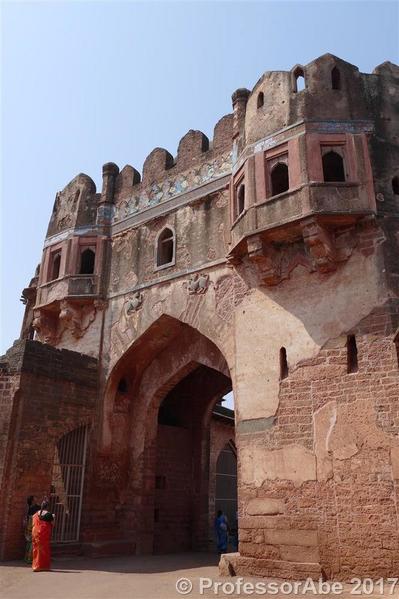
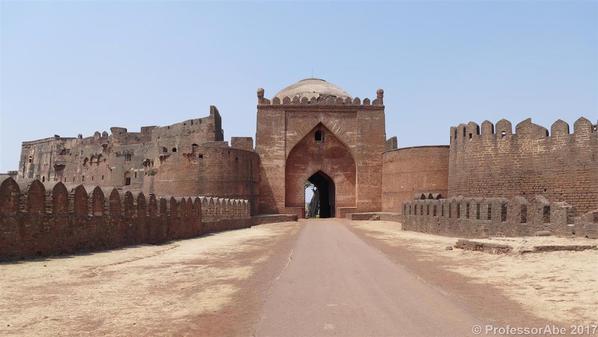
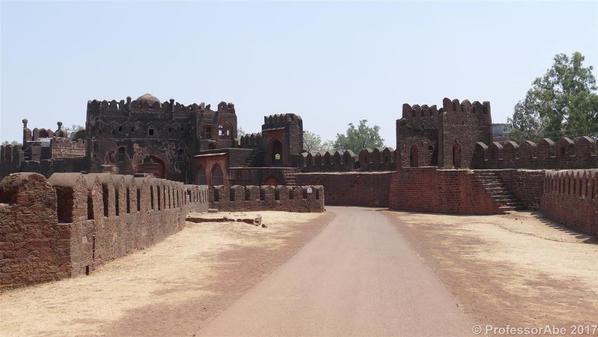
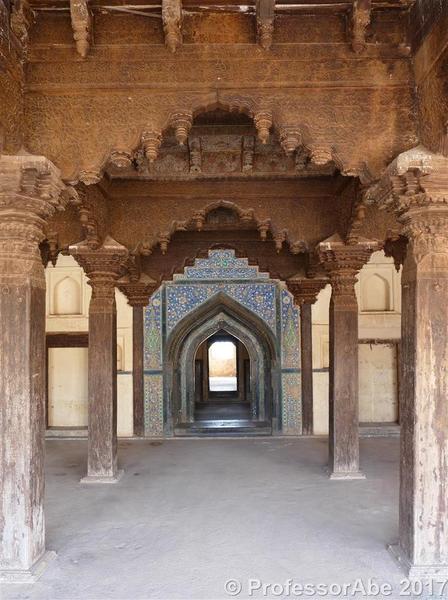
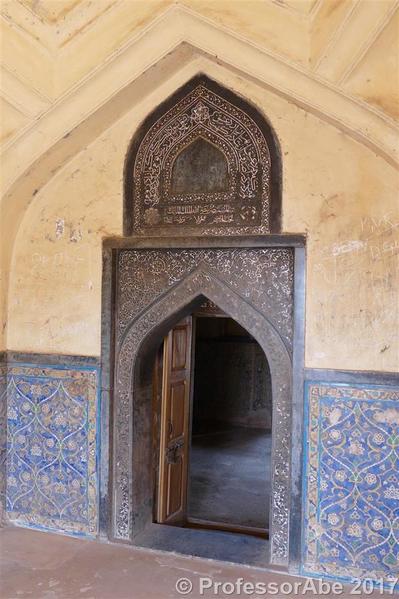

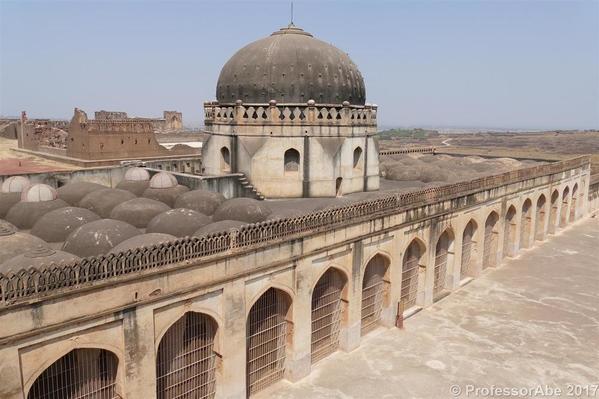
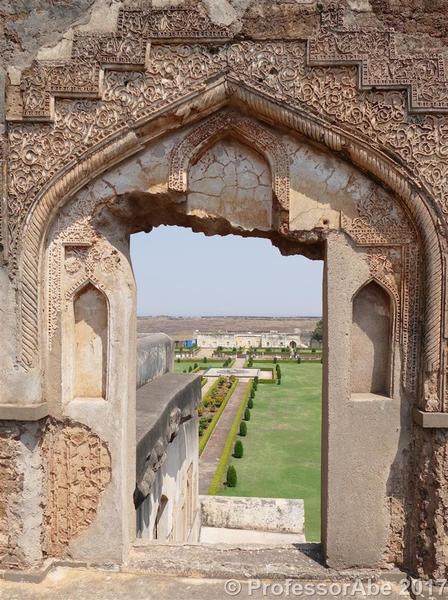
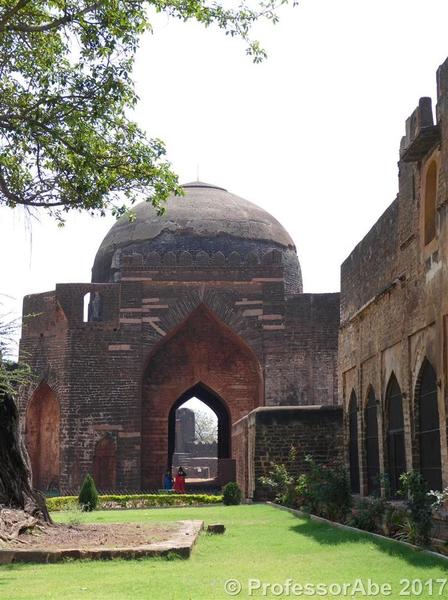
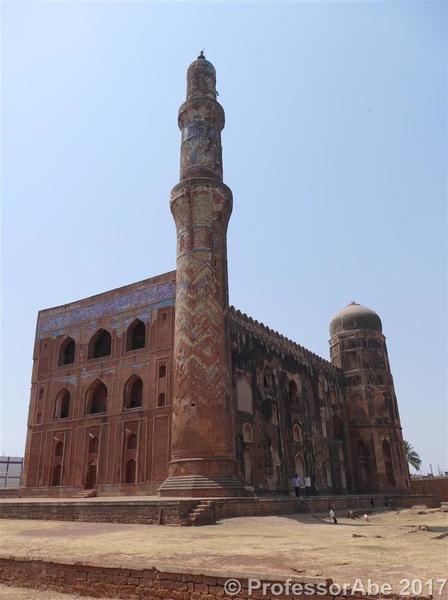

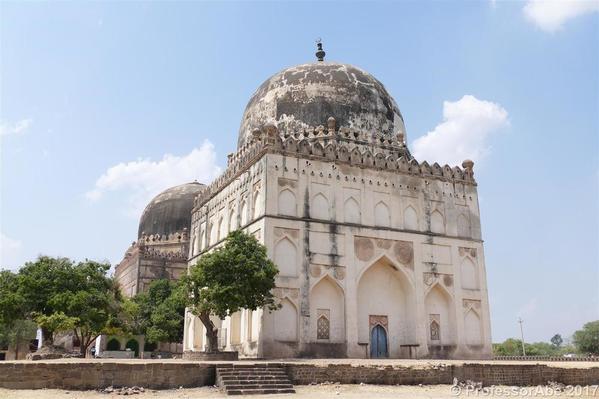

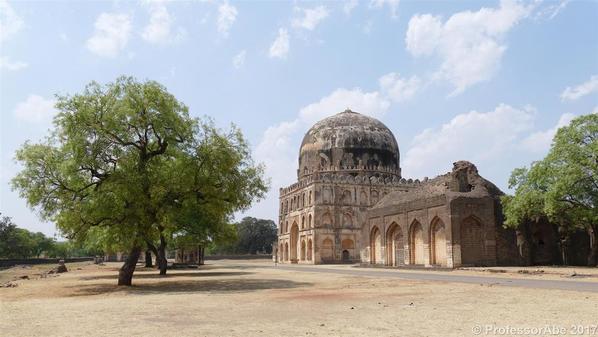
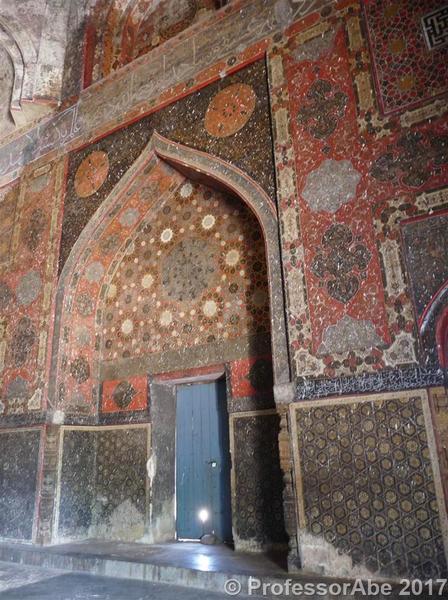
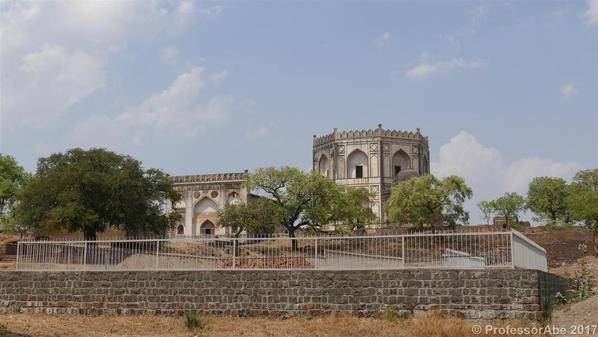
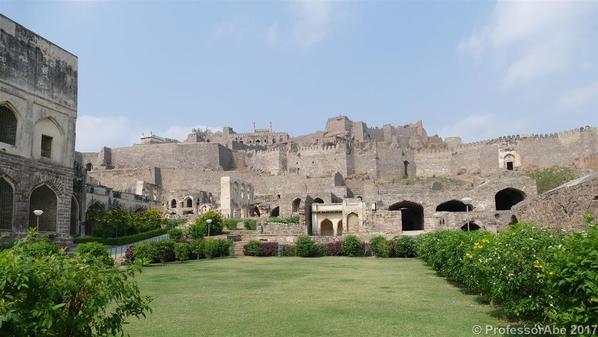
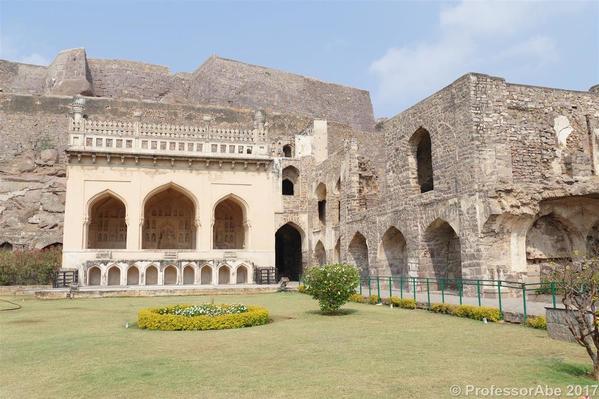
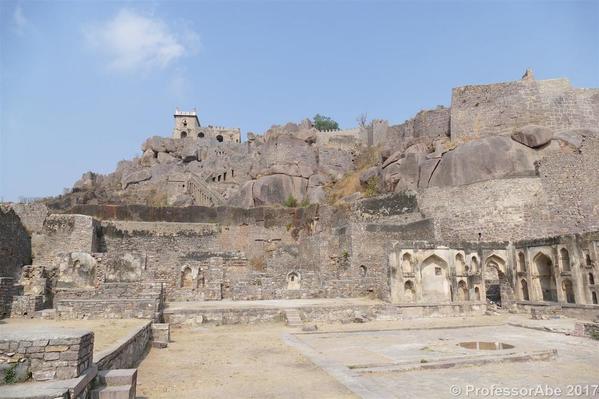
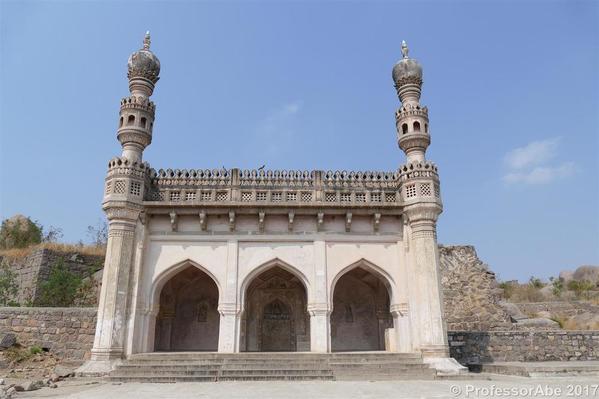

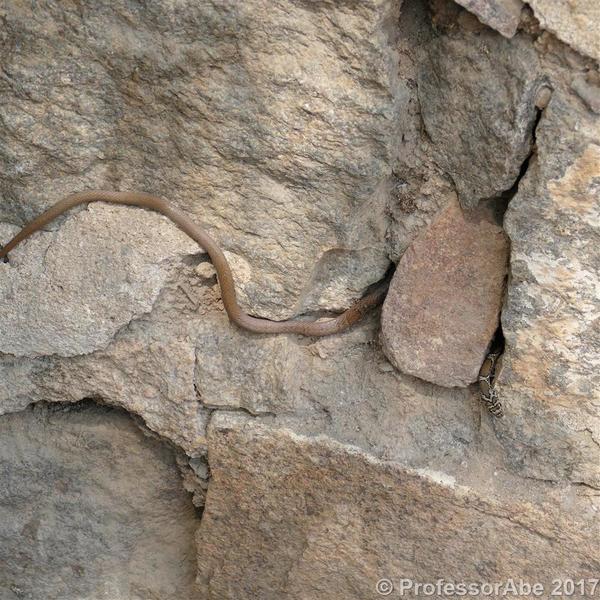
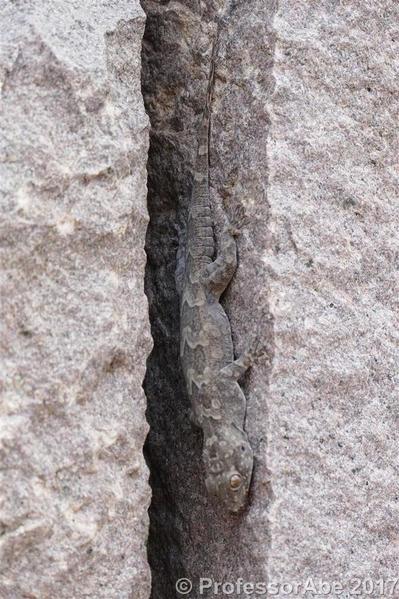
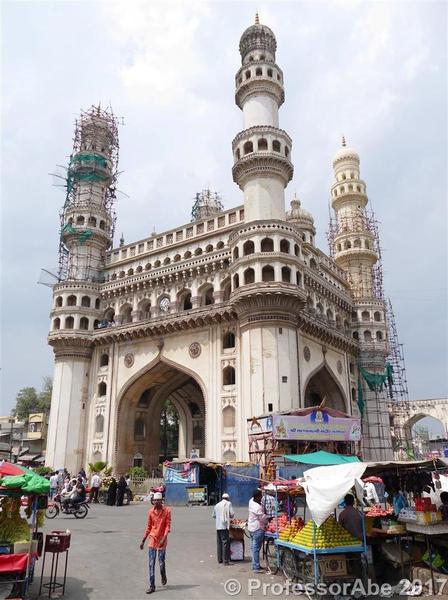
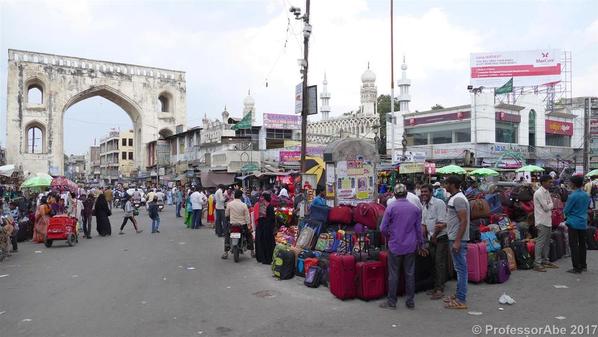
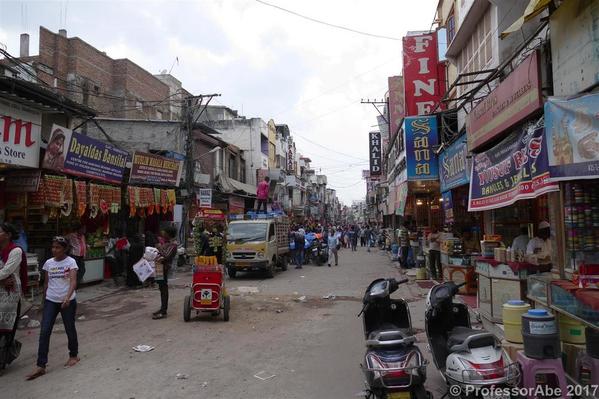
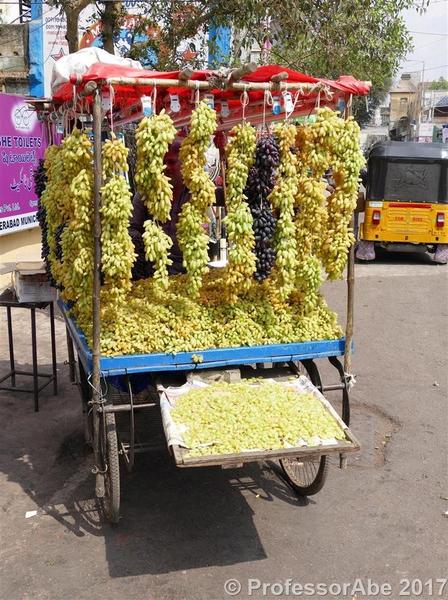

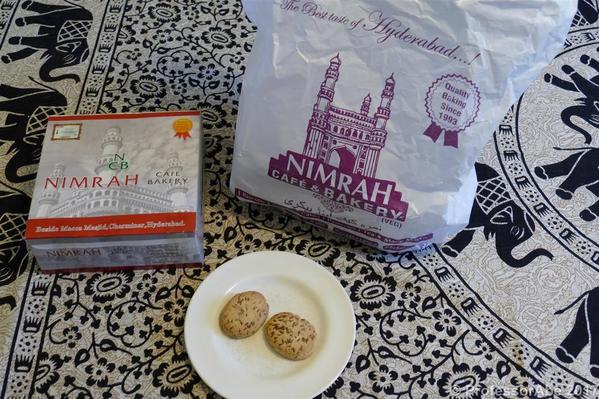
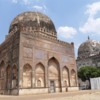





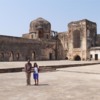






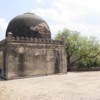







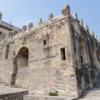






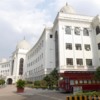

Comments (0)